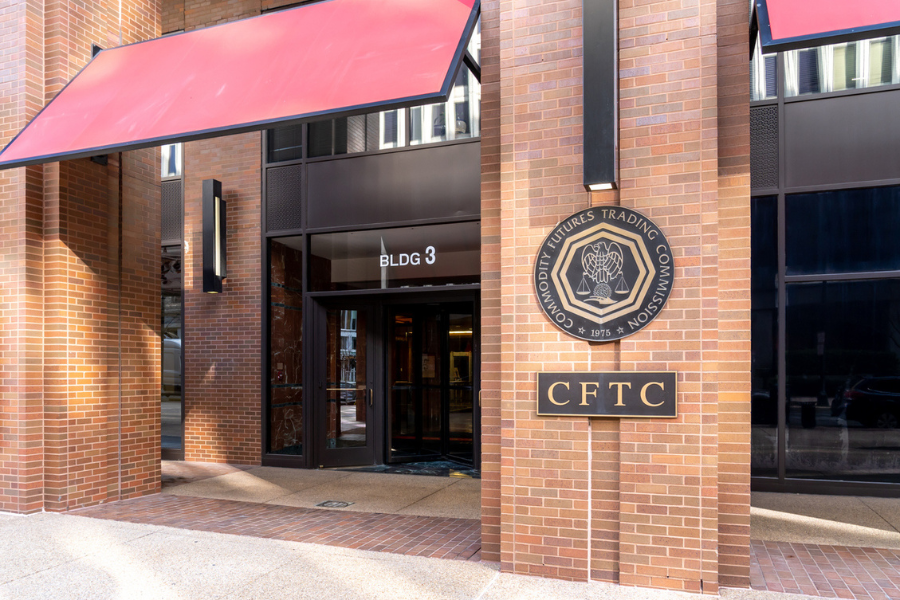

Asset managers added to wagers that the dollar will fall just before stronger-than-expected US jobs data catapulted the greenback to a one-month high.
Funds boosted their net short dollar positions for a sixth-straight week, the longest streak since 2022, according to data from the Commodity Futures Trading Commission compiled by Bloomberg.
US payroll growth exceeded all economists’ estimates in May, a government report showed Friday, sparking a stampede for the greenback as traders pushed back expectations for when the Federal Reserve will cut interest rates.
A resilient US labor market “should help set a firmer tone for the dollar” into this week’s Fed policy decision, Goldman Sachs Group Inc. strategists including Kamakshya Trivedi wrote in a note. “We still think the dollar will prove to be the ‘safest haven’ for portfolio flows over coming months” amid upcoming election uncertainty and strong asset returns.
The dollar advanced against all its Group-of-10 peers on Friday, with Bloomberg’s greenback gauge posting its biggest one-day gain since January after the jobs print bludgeoned expectations for a near-term Fed policy pivot. Dollar bears may see their resolve tested again Wednesday when US policymakers update their rates forecasts for the first time in three months.
A 41% plurality of economists predict the Fed will signal two cuts in its closely watched “dot plot,” according to the median estimate in a Bloomberg survey. That matches the amount expecting the forecasts to show just one reduction or none at all.
The US currency extended gains in early Monday trading in Asia, with the Bloomberg Dollar Spot Index rising for a third day.
“There is a small risk that they could rule out rate cuts for this year completely due to the strength of the labor market,” Kathleen Brooks, research director at XTB, wrote in a note. That may “trigger a surge in bond yields, broad based dollar strength and weakness for equities,” she said.

Rajesh Markan earlier this year pleaded guilty to one count of criminal fraud related to his sale of fake investments to 10 clients totaling $2.9 million.

From building trust to steering through emotions and responding to client challenges, new advisors need human skills to shape the future of the advice industry.

"The outcome is correct, but it's disappointing that FINRA had ample opportunity to investigate the merits of clients' allegations in these claims, including the testimony in the three investor arbitrations with hearings," Jeff Erez, a plaintiff's attorney representing a large portion of the Stifel clients, said.

Chair also praised the passage of stablecoin legislation this week.

Maridea Wealth Management's deal in Chicago, Illinois is its first after securing a strategic investment in April.
Orion's Tom Wilson on delivering coordinated, high-touch service in a world where returns alone no longer set you apart.
Barely a decade old, registered index-linked annuities have quickly surged in popularity, thanks to their unique blend of protection and growth potential—an appealing option for investors looking to chart a steadier course through today's choppy market waters, says Myles Lambert, Brighthouse Financial.
